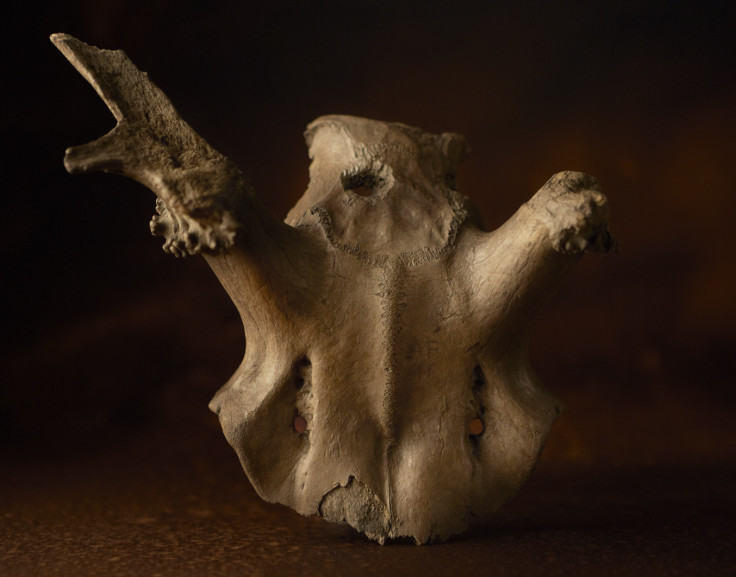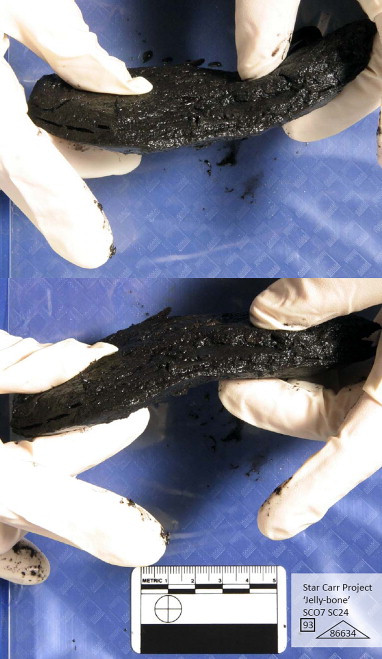Hundreds of Stone Age remains at risk in Yorkshire
Ancient remains at wetland sites are being destroyed by human activity.

Land drainage at Star Carr in Yorkshire has put a rich source of archaeological finds at risk, as changes in the soil are quickly degrading cultural artefacts and fossils.
Star Carr has been the source of hundreds of high-profile archaeological finds, including Stone Age shamanic headdresses made from antlers. As well as these cultural artefacts, the site is home to fossils of animals that could tell us what happened to humans in Britain at the end of the last ice age.
Soil changes such as acidification due to drainage of wetland sites for farming now put all of these at risk. The artefacts are being destroyed much more rapidly than previously thought, finds a study published in the journal PNAS.
Evidence turning to jelly
"There's a lot of sulphur present in the land, which is common in wetland sites," study author Kirsty High, a chemist at the University of York, told IBTimes UK. "When the water is lost, oxygen is introduced. This caused the formation of sulphuric acid."
This acid is now attacking parts of the artefacts. In some cases, the hard calcium deposits in remains such as bones become demineralised, turning them into floppy 'jellybones'.

These changes in the soil are happening due to human activity. Sites such as Star Carr preserve finds if they are constantly waterlogged, says High. In 2000, several field drains were introduced near the site. As a result, the watertable now lies below the level of the ancient remains.
As the site dries out, archaeologists face a race against the acid. Excavations in 2006 and 2010 showed an alarming level of deterioration, High says.
Only years left
She worked with York Archaeological Trust to conduct a study over a year to see how long bones and wood took to degrade in peat taken from the Star Carr site. The deterioration was worryingly fast, High says.
"People have thought we've got decades, we can protect the sites – but by doing these experiments in the lab we can show that so much happens in a year," she says.
Star Carr is not the only site at risk from changes due to human activity. Kirsty Penkman, a coauthor of the study, says that threats to wetlands, such as as pollution and changes in land use, are happening on an unprecedented scale.
Global risk to wetland sites
"It is increasingly likely that other waterlogged archaeological sites are at risk from similar processes to those seen at Star Carr," she says. This process is "rapid and irreversible", with global implications for the preservation of archaeological sites in wetland areas, Penkman says.
High says that other archaeological sites in Britain that are likely to be at risk include many on the Somerset Levels. She is planning a project with Historic England to visit the sites and assess the effect of drainage on them.

© Copyright IBTimes 2025. All rights reserved.






















